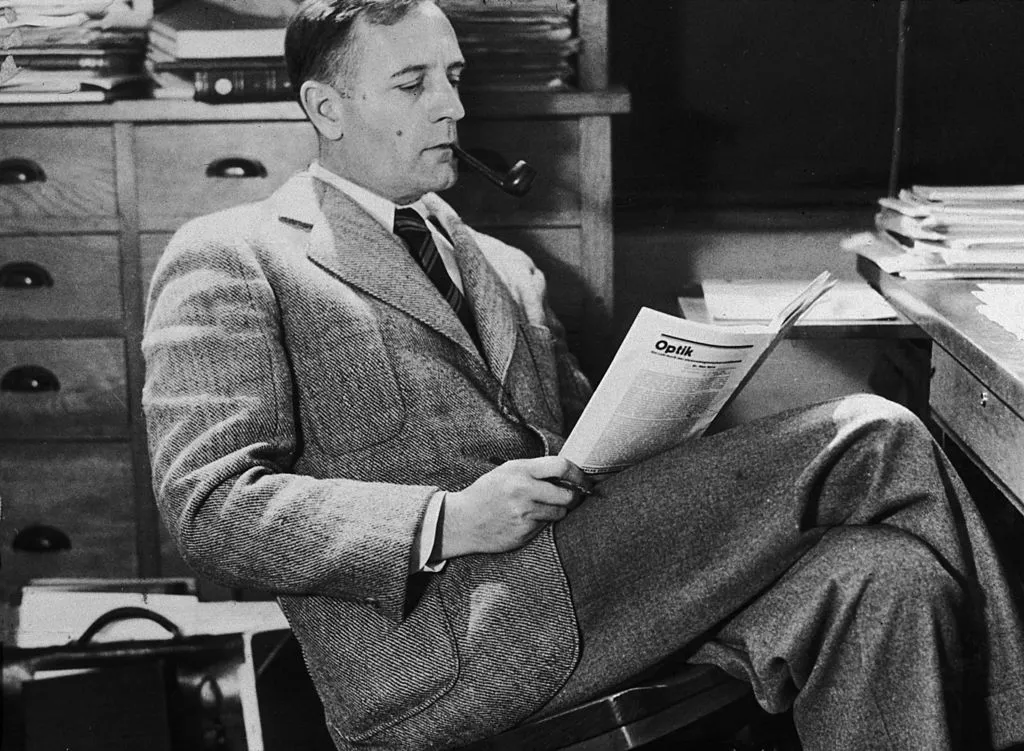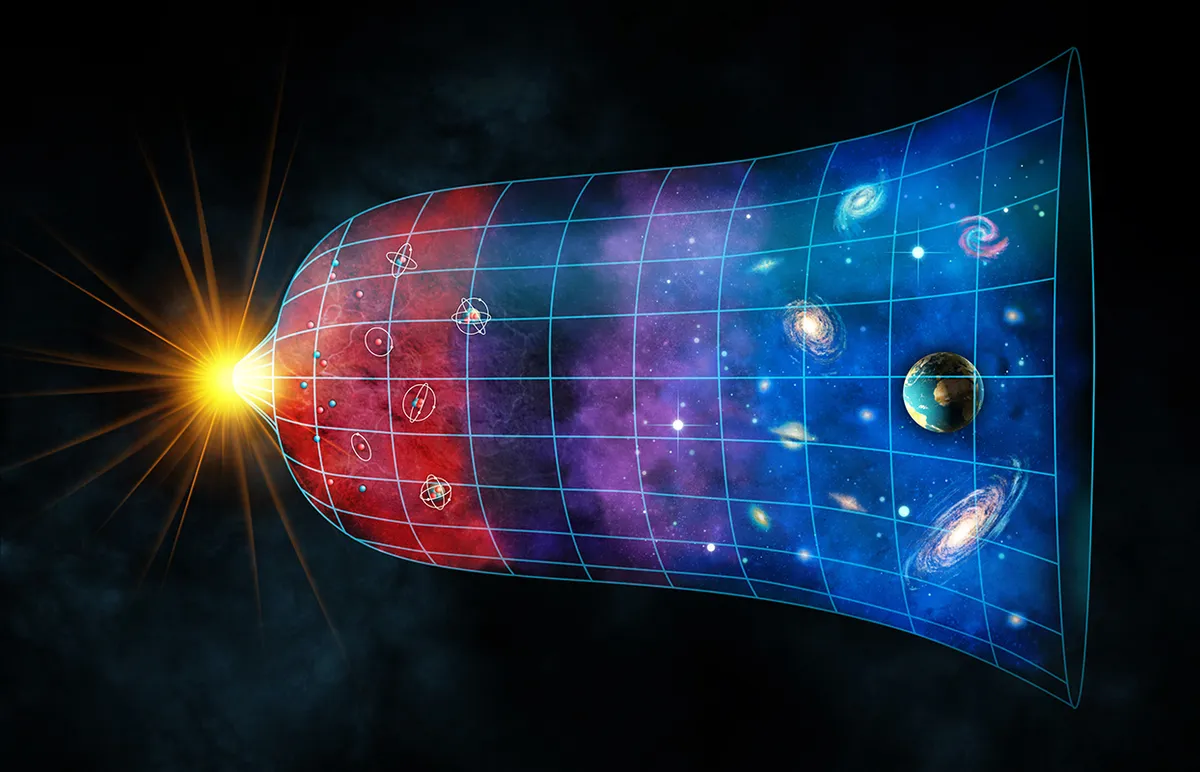The Hubble tension takes its name from Edwin Hubble, the famous American astronomer who in 1929 presented the first observational evidence that the Universe is expanding in all directions.
He proposed the ‘Hubble constant’ to express the rate of the expansion of the Universe.
We have known since the 1990s that this expansion rate is increasing, but we can’t explain why.
Many scientists attribute it to the presence of dark energy, the behaviour of dark matter, or perhaps
a mystery particle we don’t know about yet.
This has spawned numerous investigations to uncover the nature of these unseen components of the Universe.

Hubble constant and Hubble tension
We can measure the rate of the Universe's expansion by observing the distance of objects in the nearby Universe and how fast they are moving away from us.
Or we can measure fluctuations in the cosmic microwave background (heat left over from the Big Bang) linked to the density of matter in the early Universe.
We’d expect both methods to agree, but we find measurements of the distant, early Universe suggest a slower rate of expansion than measurements of the nearby, more recent Universe.
Simply put, it looks like the rate of expansion varies depending on where you measure it.
This is called the Hubble tension and some have gone further and dubbed it the Hubble crisis.
We need the Hubble constant to confirm the age of the Universe definitively and even predict what might happen in the future.
This is a big deal for cosmologists.

Solving the Hubble tension
Measurements of the expansion of the nearby Universe by the Hubble Space Telescope and others like ESA’s Gaia astrometry mission indicate a rate of expansion of around 73–74km per second per megaparsec (a megaparsec is almost 3.3 million lightyears).
ESA’s Planck mission took the most precise measurements ever of temperature fluctuations in the more distant cosmic microwave background (CMB), the primordial radiation from just after the Big Bang and the oldest, most distant light in the Universe.
We can use this to extrapolate the trajectory of the expanding Universe since then, and get a lower expansion rate of 67–68km per second per megaparsec.

In other words, the cosmos today is expanding faster than we would predict based on our observations of the CMB in the early Universe.
We can’t explain this with our best theoretical models and the inconsistency is known as the ‘Hubble tension’, or the ‘Hubble crisis’.
There are two possible solutions: either our instruments aren’t accurate enough or the mathematical models need a rethink.
It seems we may need to revisit our best theories about the expansion of the Universe.
This article appeared in the August 2024 issue of BBC Sky at Night Magazine.
